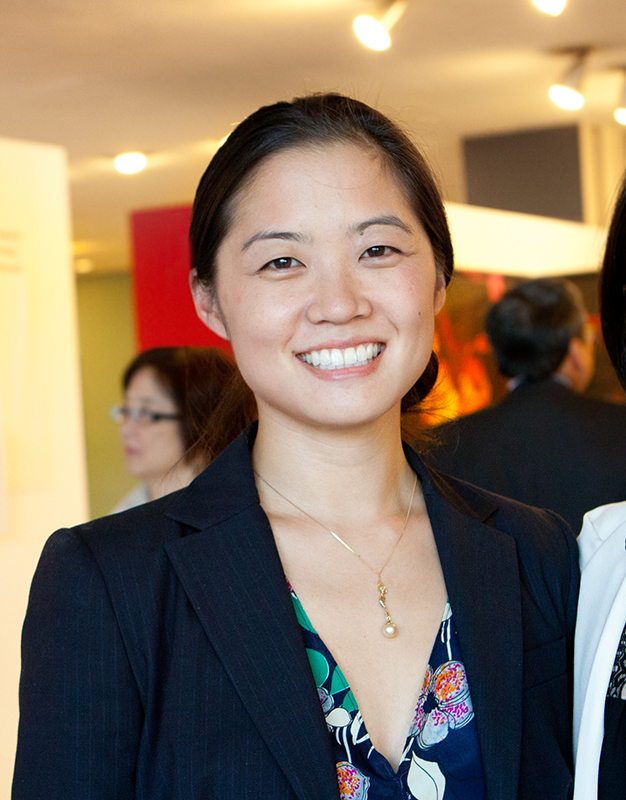Mari Nakano has been a designer for over 11 years and has worked with such notables as the United Nations Population Fund, ArtWorks Projects, Women Deliver, Pepsi Co. and Design Continuum. She was also a 2008 Designmatters Fellow and has continued to support Designmatters for the past 7 years. Currently Mari is the Visual Design Lead for the UNICEF Innovation Unit, stationed in New York City and is the recipient of the 2015 ArtCenter Young Innovator Alumni Award.
Q&A with Mari Nakano
1. Why did you get involved as a mentor to Designmatters Fellows?
Designers need a constant feed of information and inspiration or they cannot evolve their own practices. Now that we see more designers expressing the desire to contribute their skills in the social impact space, it’s really important that we can find ways to support those who are trying to shape a meaningful and sustainable career in this rapidly changing environment. I was mentored when I was a fellow and I found it really invaluable to have someone who could see the bigger scope of what I was doing and keep pushing me to keep my eyes wide open, foreword thinking and practical at the same time. I truly support how Designmatters has helped put wonderful creatives into social impact spaces over the years. I also feel like I benefit from it because the fellows teach me a lot about what’s going on with them and what’s going on in their programs.
2. What does success look like in these Designmatters Fellowships?
Success is seeing alumni teaching and working in social change spaces. Success is when a fellow can go back to Art Center for their final semesters and bring new and more baked ideas of how exactly they want to incorporate more human centered practices and designs into their work.
3. What about the Designmatters Fellowship program do you find inspiring?
I feel like it was birthed at a time when designing for things that mattered hadn’t gained the level of traction it has now. I admire the program and have been witness to its transformation over the years. Design and art careers for some can be driven by ego, vanity and individualism, but here, designers are asked to consider inserting themselves in very humbling positions. It’s really great to see more and more designers pursuing this pathway. The fellowship is a valuable component to progressing the attitudes and ideas of social impact spaces as it has helped foster designers’ motivation to exist in those spaces.
4. As a designer working at UNICEF, what about your work matters most to you?
What matters is that UNICEF can continue to see the worth of creatives and subsequently support bringing even more creatives into the organization. I want my work and my presence at UNICEF as a designer to contribute new thought processes to the organization that further its mission to better children’s lives. I also want to see designers being utilized earlier in projects because I feel designers and other types of creative strategists can add new value to and increase the longevity of products and services. It matters to me to see the organization grow in their trust and respect for the designer. Our job right now is to earn that trust and respect so we can pave pathways to make it easier to be in social impact spaces in the near future.
